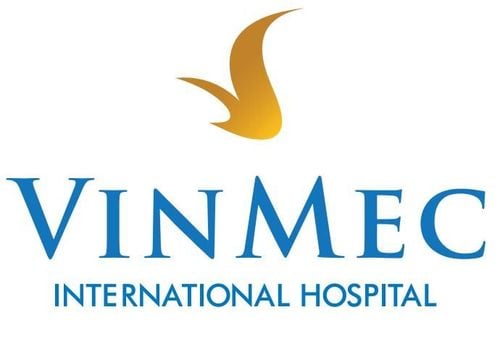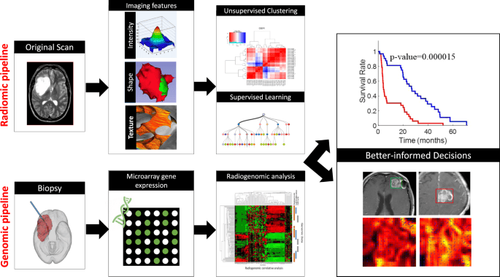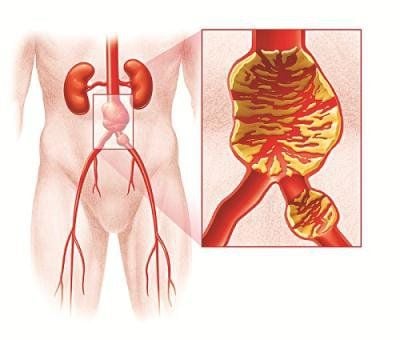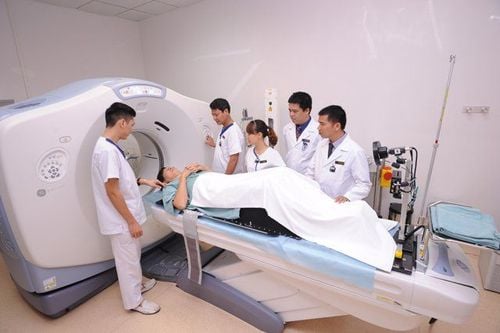This is an automatically translated article.
This article is professionally consulted by Dr. Pham Quoc Thanh - Radiologist - Department of Diagnostic Imaging - Vinmec Hai Phong International General Hospital.MRI is a modern imaging method used in most diagnostic procedures, including aortic pathology. Magnetic resonance angiography of the thoracic aorta provides good image quality, especially when patients are not affected by harmful agents.
1. Why choose MRI in the diagnosis of diseases related to the thoracic aorta?
Magnetic resonance imaging (MRI) has many advantages over doppler ultrasound and CT scans. Compared with doppler ultrasound, MRI scans give a clearer picture because there is no entanglement of bone structures. Compared to CT scan, MRI has less health effects because it is not affected by X-rays.In general, MRI scans give clear images, without limitation of vision, help accurately diagnose diseases and cause little harm to health because they are not affected by X-rays.
2. Indications for MRI scan of the thoracic aorta
Indications for MRI of the thoracic aorta are applied to subjects who are suspected of having or want to determine the severity of diseases related to the thoracic aorta in order to predict appropriate treatment. Specifically, the following diseases:Thoracic aortic disease: Thoracic aortic aneurysm, artery dissection, stenosis, occlusion.... Thoracic aortic disease: Takayasu... Thoracic aortic disease Congenital: Coarctation of the thoracic aorta... Evaluation of aortic stenosis and major vessel roots originating from the aortic arch causing stenosis of the vascular lumen Cases of thoracic trauma with suspected arterial injury chest vessels.

3. Contraindications to thoracic aortic MRI
thoracic aortic magnetic resonance imaging is not applicable to the following subjects:People carrying electronic devices such as pacemakers, defibrillators, cochlear implants, auto-injectors subcutaneous movements, etc. Surgical forceps made of metal intracranial, orbital, vascular with duration of less than 6 months Severe patient, need support of resuscitation equipment Renal failure grade 3 or higher because of the risk of disease Management of fibrosis of the vascular system after injection of magnetic contrast agent.
4. What should the patient prepare before having an MRI of the thoracic aorta?
The patient is asked by the medical staff to sign a written commitment to accept the procedure and check for contraindications. From that point to the time of imaging, the patient does not need to fast. In particular, for cases of MRI using contrast agents, you must not use stimulants (coffee, alcohol, beer, etc.) before the scan. Patients do not have to stop taking their current medications (drugs for blood pressure, diabetes, arrhythmias, etc.) before the scan.Upon arrival at the procedure room, the patient is instructed on the procedure for thoracic aorta MRI, dressing, and removing contraindicated items.

5. MRI procedure of thoracic aorta
5.1 Prepare the patient
The patient is placed supine on the table. The technician selects and positions the receiver. Move the table into the scanner compartment and precisely position the area to be scanned.5.2 Conducting an MRI scan
Scan to locate the exact location to be taken MRI. Inject contrast agent from intravenous line, usually 0.1mmol/kg body weight. Inject the magnetic contrast agent at the rate of 2ml/s for 20ml and then push the drug with 20-30ml of physiological saline. Conduct 3D T1W pulse sequence scan immediately after contrast injection from Multifaceted Image Reconstruction (MPR) and 3D space (VRT) The technician processes the image, prints the film, and then returns it to the specialist doctor. Before, during and after the thoracic aorta, the patient needs to coordinate with all the doctor's instructions. This helps to support the diagnosis process to be faster and more accurate, minimizing risks.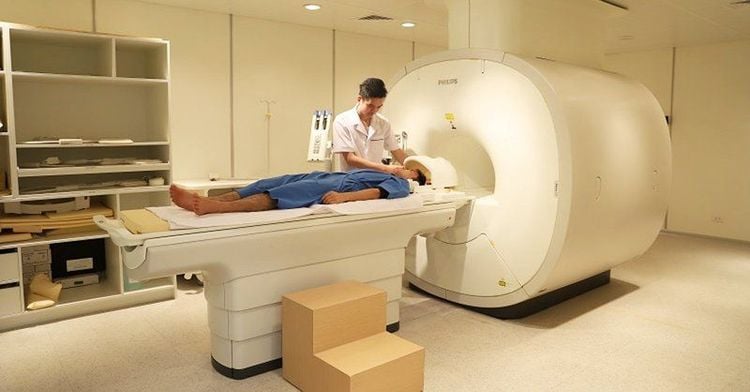
Modern 3.0 Tesla magnetic resonance imaging system with Silent technology of GE Healthcare (USA) is equipped in hospitals. As a modern machine, high magnetic force, fast capture should evaluate blood vessels, flow clearly. A team of experts from many different specialties will consult to come up with the best diagnosis and treatment for Master's disease. Doctor. Pham Quoc Thanh has received intensive training and participated in many national and international scientific conferences on diagnostic imaging. The doctor has 13 years of experience in the field of diagnostic imaging and is currently a doctor at the Department of Diagnostic Imaging, Vinmec Hai Phong International General Hospital.
Please dial HOTLINE for more information or register for an appointment HERE. Download MyVinmec app to make appointments faster and to manage your bookings easily.





